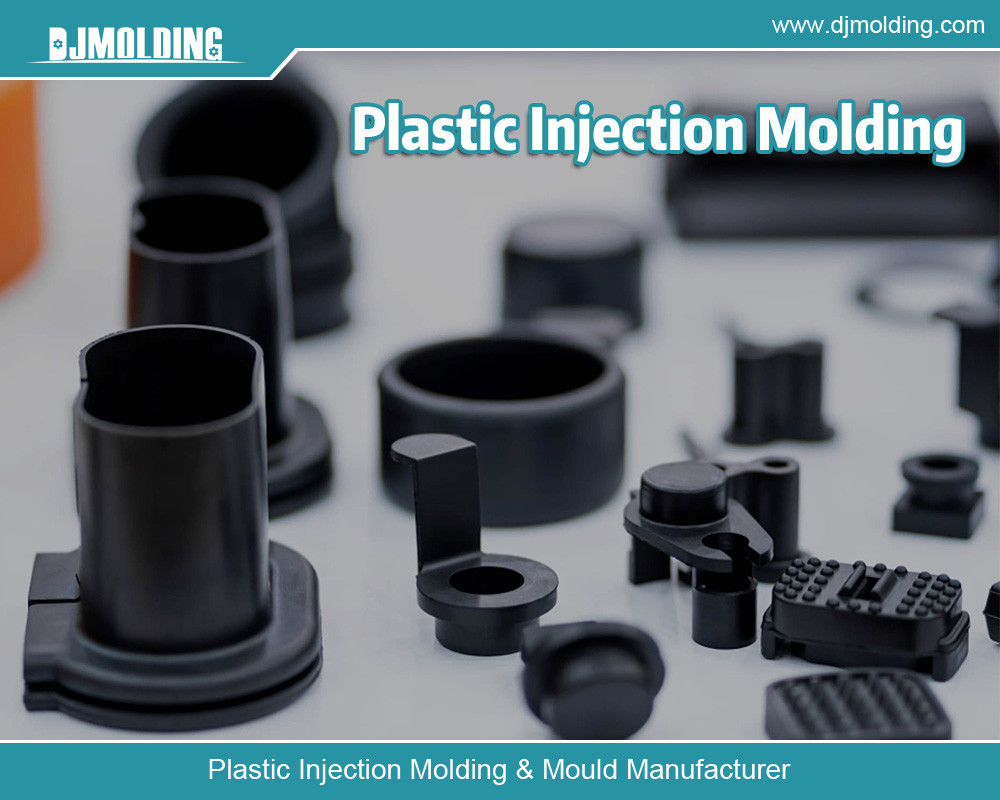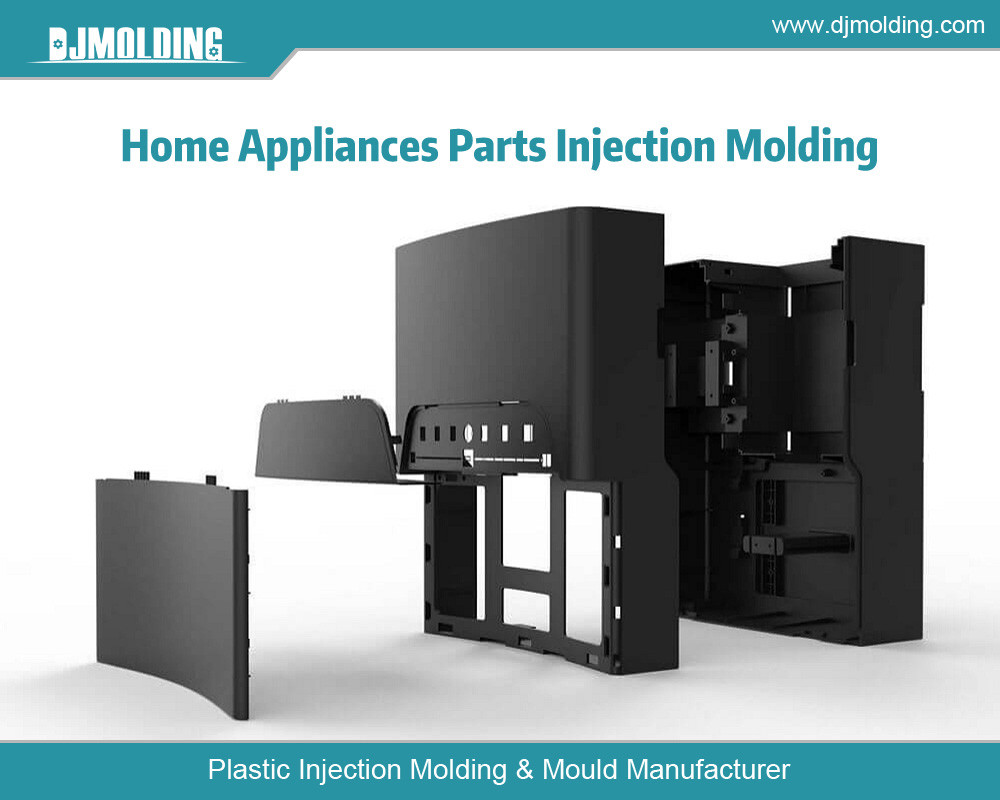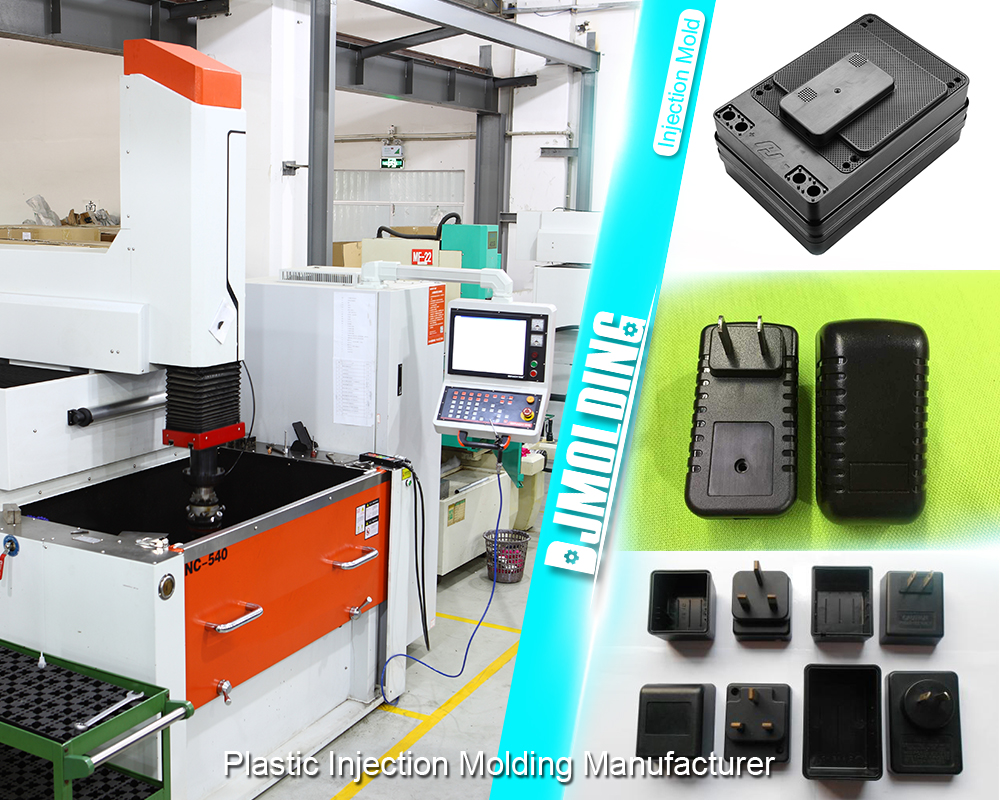A Complete Guide To Polycarbonate Molding Service
A Complete Guide To Polycarbonate Molding Service
Polycarbonate molding has emerged as a pivotal technology in modern manufacturing due to its exceptional properties and versatile applications. Polycarbonate, a high-performance thermoplastic, offers unmatched durability, clarity, and design flexibility. This comprehensive guide will delve into the intricacies of polycarbonate molding services, exploring the material’s characteristics, various molding techniques, advantages, and applications. By the end of this guide, you will thoroughly understand how polycarbonate molding can benefit your projects, whether you’re a manufacturer, designer, or consumer.

Understanding Polycarbonate
Polycarbonate is a robust, lightweight plastic known for its unique combination of strength and transparency. Due to its exceptional properties, including high impact resistance and thermal stability, they are used in a wide range of applications.
Critical Characteristics of Polycarbonate:
- Impact Resistance: Polycarbonate is highly resistant to impacts and can withstand significant stress without cracking or shattering.
- Optical Clarity: The material is known for its excellent transparency, making it ideal for applications that require clear visibility.
- Thermal Stability: Polycarbonate maintains its structural integrity over a broad temperature range, from low to high heat conditions.
- Fabrication Flexibility: It can be easily molded into complex shapes and intricate designs, making it suitable for various manufacturing processes.
Types of Polycarbonate Molding
Polycarbonate molding involves several techniques, each suited to different types of products and production requirements. The choice of molding method depends on factors such as the part’s complexity, production volume, and material properties.
1. Injection Molding
- Process Overview: Polycarbonate pellets are heated until they melt and then injected into a mold cavity under high pressure. Once cooled, the material solidifies into the mold’s shape.
- Applications: This method is ideal for producing high-precision parts in large quantities. Typical applications include electronic enclosures, automotive components, and consumer goods.
Advantages:
- High Precision: Allows for detailed and complex part designs with tight tolerances.
- Consistency: Suitable for large-scale production, ensuring uniformity across numerous parts.
- Efficiency: Offers fast production cycles and high output rates.
2. Blow Molding
- Process Overview: Polycarbonate is heated to form a parison (a hollow tube), then inflated within a mold to create hollow parts.
- Applications: This technique is often used for making containers, bottles, and other hollow objects.
Advantages:
- Cost-Effective for Large Parts: Efficient for producing large, hollow items with relatively low material costs.
- Lightweight: Enables the production of lightweight parts, beneficial for reducing shipping costs and improving handling.
3. Thermoforming
- Process Overview: A polycarbonate sheet is heated until it becomes pliable, then draped over a mold and vacuum-formed into the desired shape.
- Applications: Commonly used for more significant parts with simpler geometries, such as panels, covers, and trays.
Advantages:
- Rapid Turnaround: Suitable for short production runs and prototyping with quick setup times.
- Versatility: Allows for creating large, flat parts with varying thicknesses.
4. Rotational Molding
- Process Overview: Polycarbonate powder is placed in a mold and rotates along multiple axes while heated. It causes the powder to melt and evenly coat the mold’s interior surface.
- Applications: Ideal for large, hollow parts such as tanks, playground equipment, and automotive components.
Advantages:
- Uniform Wall Thickness: Ensures even wall thickness across the entire part, contributing to durability and strength.
- Extensive Part Capability: Effective for producing large and complex hollow parts.
The Polycarbonate Molding Process
Understanding the polycarbonate molding process is crucial for ensuring high-quality results and efficiency. Here is a detailed look at the typical steps involved:
Design and Engineering
- Part Design: The design phase involves creating a detailed CAD model of the part. This model will guide the mold design and ensure the final product meets the specifications.
- Mold Design: A mold is created based on the part design. It includes considerations for cooling channels, ejection mechanisms, and material flow.
Material Preparation
- Pelletization: Polycarbonate resin is typically provided in pellet form and then fed into the molding machine.
- Drying: Polycarbonate pellets are dried to remove moisture before molding to prevent defects such as bubbles or cloudiness.
Molding
- Heating: The pellets are heated to the melting point in the barrel of the molding machine.
- Injection/Formation: Depending on the molding technique, the molten polycarbonate is injected into the mold cavity or formed into shape.
- Cooling: The mold is cooled to solidify the material, allowing the part to retain its shape.
Ejection and Finishing
- Ejection: Once the part has cooled and solidified, it is ejected from the mold.
- Post-Processing: Any additional finishing steps, such as trimming excess material, painting, or coating, are performed to meet the final product specifications.
Advantages of Polycarbonate Molding
Polycarbonate molding offers several advantages, making it a preferred choice in many industries.
- Durability: Polycarbonate parts are solid and impact-resistant, making them suitable for demanding applications.
- Clarity: Its optical clarity enables the production of transparent components, crucial for applications like lenses and displays.
- Versatility: The material can be molded into various shapes and sizes, accommodating diverse design needs.
- Cost-Efficiency: Advanced molding techniques ensure high production efficiency, reducing per-unit costs for high-volume manufacturing.
Applications of Polycarbonate Molding
Polycarbonate molding is used in numerous industries thanks to the material’s versatility and performance.
- Automotive Industry: Polycarbonate is used for headlight lenses, dashboards, and exterior trim components due to its impact resistance and clarity.
- Electronics Industry: It is commonly found in electronic housings, screens, and protective covers where durability and transparency are required.
- Medical Field: Polycarbonate is employed in medical devices and equipment, including surgical instruments and protective covers, thanks to its strength and sterilization capabilities.
- Consumer Goods: The material is used in various products, from eyewear lenses and household appliances to sports equipment and toys.
Challenges in Polycarbonate Molding
Despite its advantages, polycarbonate molding comes with its own set of challenges.
- Material Cost: Polycarbonate can be more expensive than other plastics, impacting the overall production costs.
- Processing Sensitivity: Precise temperature and humidity control is required during processing to avoid defects such as warping, cloudiness, or internal stresses.
- Environmental Impact: Polycarbonate is not biodegradable, which raises environmental concerns and emphasizes the need for effective recycling solutions.
Advancements in Polycarbonate Molding Technology
Technological advancements continue to enhance polycarbonate molding processes and expand their applications.
- Improved Molding Techniques: Innovations such as advanced multi-material Molding and enhanced mold design allow for more complex and high-performance parts.
- Enhanced Material Properties: Developing new polycarbonate formulations with improved properties, such as more excellent UV or enhanced impact resistance, is expanding their applications.
- Sustainability Efforts: Efforts are being made to develop more sustainable practices, including using recycled polycarbonate and developing biodegradable alternatives.

Conclusion
Polycarbonate molding services play a crucial role in modern manufacturing by leveraging the exceptional properties of polycarbonate to produce high-quality, durable, and versatile components. Manufacturers and consumers can make informed choices that enhance product performance and design by understanding the different molding techniques, the detailed process, and the benefits of polycarbonate. While there are challenges associated with polycarbonate molding, ongoing technological advancements and sustainability efforts are addressing these issues, ensuring that polycarbonate remains a valuable material for many applications. Polycarbonate molding offers a robust solution to meet diverse and demanding production needs, whether you are involved in the automotive, electronics, medical, or consumer goods industries.
For more about the a complete guide to polycarbonate molding service, you can pay a visit to Djmolding at https://www.djmolding.com/ for more info.




